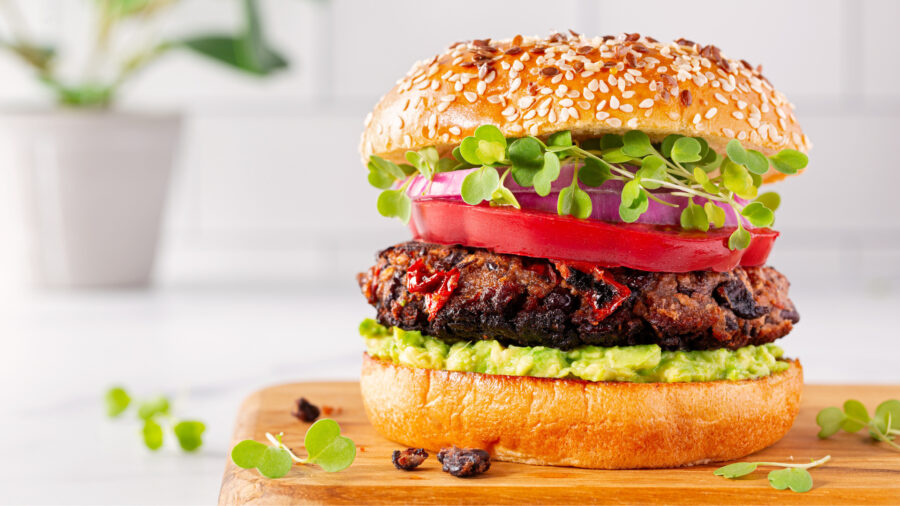Bracha Goetz is as active as ever at the age of 66, and she’d like to keep it that way. That’s why the Harvard-educated author – like many baby boomers – is eating as healthily as possible.
“We want whole, natural food that can help us live longer and enjoy good health during these years,” Goetz told The Food Institute. “We’re trying to avoid as much processed and addictive food as possible. Organic fruit and vegetables that can be mass-produced so they can be available at much lower prices – and accessible to the vast majority of baby boomers – would also be ideal.”
According to a recent report, the tastes of baby boomers (those born from approximately 1946 to 1964) are evolving. Yet, when it comes to purchasing food, cost is a major consideration.
THE LATEST DATA
5W Public Relations recently released its annual Consumer Culture Report, which surveyed 725 baby boomers. Among the noteworthy survey findings: the majority of the seniors surveyed (59.9%) said they tend to be frugal and buy the least expensive option. At the same time, 45.9% of respondents said they tend to splurge and buy the best brands they can afford.
Additionally, 5W’s report determined that many baby boomers plan to spend most of their disposable income in 2022 on dining out. In total, senior citizen respondents ranked their spending choices as follows:
- Dining out 37.1 %
- Clothing and fashion 24.4%
- Travel and experiences 22.8%
- Electronics and technology 21.8%
- Home goods and furniture 20.8%
- Health and wellness 19.9%
APPEALING TO TODAY’S SENIORS
Maria Alfano, a “proud baby boomer” and founder of thesilverdiaries.com blog, indicated today’s senior citizens closely monitor food labeling, and don’t mind paying for quality, healthy food – within reason.
“When I sit down to have a meal, I’m much more conscious of what I put into my body,” said Alfano, whose blog caters to senior citizens. “I prefer healthy fats like avocado, coconut and olive oils, and organically grown vegetables, as well as grass-fed meats and wild-caught fish.”
- Use natural ingredients
- Provide clear labeling, with nutritional facts “front and center”
- Avoid words like “lite” on labeling that can look like an advertising ploy
- Create functional products beyond just “heart-healthy” foods
And, Alfano added, food companies must remember that cost is a key consideration for many seniors.
“If companies want to appeal to baby boomers,” she said, “they need to make quality products for prices that we can afford, not that they think we should be able to afford.”












